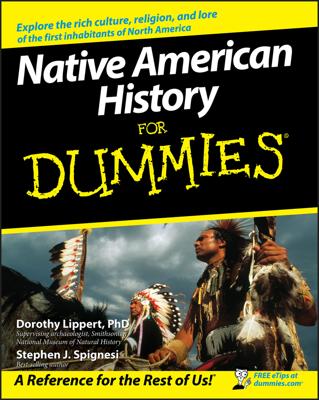Native Americans got their first look at what trouble was going to look like when Vikings showed up in North America. All Vikings were Norsemen, but not all Norsemen were Vikings. Viking meant to go raiding, pirating, or exploring. Although some of the Scandinavians of 1,000 years ago surely did all these things, most of them stayed in Scandinavia and fished or farmed.
For about 300 years, the Norsemen who were Vikings conquered or looted much of Western Europe and Russia. In the ninth and tenth centuries, sailing in ships was made speedy and stable by the addition of keels. Consequently, the Vikings journeyed west, not so much for loot as for new lands to settle.
Hopscotching from the British Isles to the Shetland Islands to the Faroe Islands, the Vikings arrived in Iceland about AD 870. But Iceland got crowded pretty quickly. Around 985, a colorful character known as Eric the Red discovered Greenland and led settlers there.
Like many things in human history, the Vikings’ first visits to the North American continent were by accident. The first sighting of the New World by a European probably occurred around 987, when a Viking named Bjarni Herjolfsson sailed from Iceland to hook up with his dad and missed Greenland. Herjolfsson wasn’t impressed by what he saw from the ship, and he never actually set foot on land before heading back to Greenland.
Herjolfsson was followed about 15 years later by the son of Eric the Red. His name was Leif Ericsson, also known as Leif the Lucky. Leif landed in what’s now Labrador, a part of Newfoundland, Canada. Mistaking seasonal berries for grapes, Leif called the area Vinland.
He spent the winter in the new land and then left to take over the family business, which was running colonies in Greenland that his dad had founded.
His brother Thorvald visited Vinland the next year. Thorvald got into a fight with the local inhabitants, and he thus gained the distinction of being the first European to be killed by the natives in North America. (Vikings called the natives skraelings, a contemptuous term meaning “dwarves.”) After his death, Thorvald’s crew went back to Greenland.
The next Viking visit was meant to be permanent. Led by a brother-in-law of Leif’s named Thorfinn Karlsefni, an expedition of three ships, some cattle, and about 160 people — including some women — created a settlement.
The Karlsefni settlement lasted three years. Chronic troubles with the natives — who had a large numerical advantage, as well as weapons and fighting abilities that were equal to the Vikings’ — and squabbles arising from too many males and not enough females in the settlement eventually wore the Vikings down.
They sailed back to Greenland, and, by 1020, most scholars agree, the Vikings had given up on North America. Supply lines to the homelands were long, the voyages back and forth were dangerous, and the natives were unfriendly. The Norsemen apparently felt that the new land wasn’t worth the trouble.
By 1400, the Vikings were no longer even in Greenland; they fell victim to troubles with the Eskimos, the area’s earlier residents, and a climate that became colder.
The Vikings’ forays to the North American continent were relatively brief and had no lasting impact. The main evidence that they were even here is fairly limited: two long sagas written in the Middle Ages and the scattered ruins of three housing clusters and a forge at a place called L’Anse aux Meadows, on the northern tip of Newfoundland.
But tales of their voyages were well reported around Europe, and they served to whet the exploration appetites of people in other places. Other nations, however, plagued by troubles like, well, plagues, weren’t ready to follow them west for almost 500 years.

